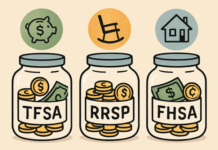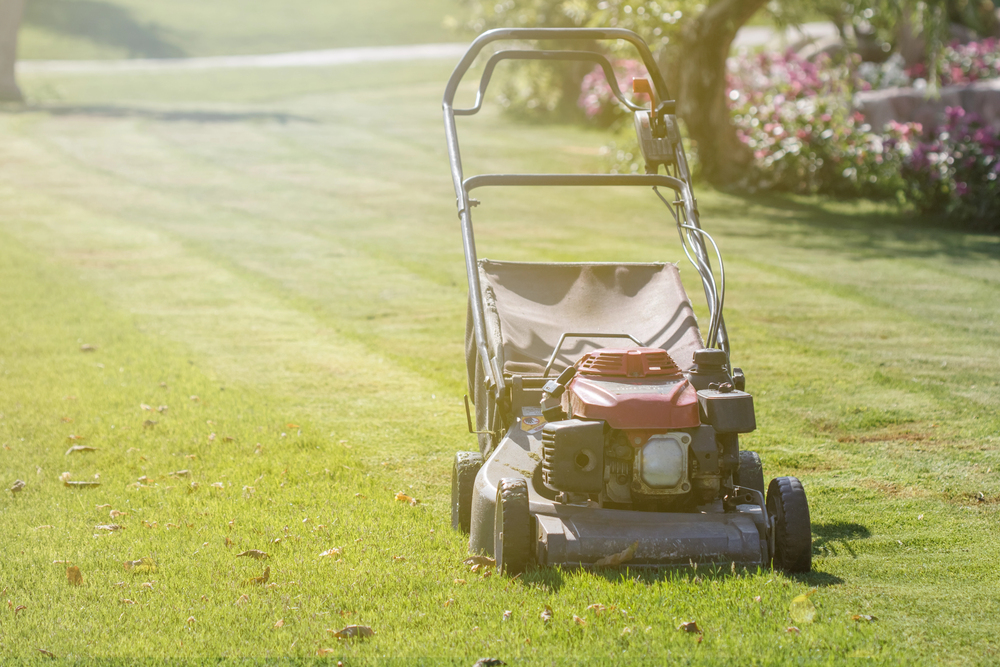
Your lawn doesn’t speak. Not exactly. Yet, in its quiet way, your lawn’s been sending signals. Warnings. Nudges. Maybe even a few cries for help. Some of those signs seem small: puddles after a storm, fading grass near the edge, roots creeping where they shouldn’t. Others? Harder to ignore, but easy to misread.
Below, we’ll walk you through six common red flags homeowners overlook—and why each one matters more than you think.
Standing Water After It Rains? Your Lawn Might Be Choking
One storm hits, and puddles gather. That’s normal, right? Maybe. Maybe not. When water sticks around for hours—or worse, days—that’s a sign. Charlotte’s clay-heavy soil isn’t quick to drain. Water struggles to move through dense ground. Left unresolved, this causes roots to rot, mold to spread, insects to breed, and lawns to suffer.
Even worse, that water may sneak under patios or toward your foundation. What begins as a minor swamp in your side lawn could lead to basement leaks or erosion.
Don’t chalk it up to “just rain.” If your lawn holds water longer than it should, there’s a drainage problem somewhere in the mix.
Brown Patches or Bald Spots That Refuse Revival
Grass dies sometimes. Happens in winter. Happens in the heat. Happens when the dog’s favorite napping spot gets overworked. But if you keep watering, reseeding, and fertilizing—and those patches don’t bounce back—your lawn’s sending a bigger message.
It could be soil compaction. It could be a fungal disease. It might even be your seed choice. Charlotte lies in a transition zone—warm-season and cool-season grasses both grow here, but not all types thrive equally. Bermuda loves the sun but hates shade. Fescue handles cool better than heat. Pick the wrong one, and no amount of watering will help.
Certain turf types handle this zone’s unusual mix of weather, soil, and sunlight best. Combine those with aeration, customized seeding, and turf-specific treatments. Throwing down seeds blindly isn’t a strategy—it’s a gamble.
Sloping Lawns with Erosion, Shifting Beds, or Cracking Edges
If you’ve got a hill, even a small one, you’ve got movement. Soil shifts, water runs, and gravity win every time unless something stands in their way. That’s where retaining walls and structural grading come in.
Many homeowners think these walls just look nice—and they do—but they exist for more than appearances. They stabilize. They prevent soil loss. They protect root systems and planting beds from washing away after storms. When left unchecked, erosion doesn’t just damage your lawn. It carves into driveways, exposes roots, and eventually compromises your property’s structure.
Retaining systems are designed to match the lawn’s flow, style, and function. From natural stone to interlocking block walls, installations are built to work with the land, not against it.
Shrubs That Swallow Pathways, Flower Beds That Fizzle
A healthy landscape breathes. It has rhythm. Color, texture, shape—they work together across seasons. When one area becomes overgrown while another looks sparse and wilted, your lawn’s rhythm breaks. That means pruning isn’t happening on time. Beds may lack nutrients. Your plants may be battling for sun, space, and survival.
Unmanaged growth around walkways or patios doesn’t just look wild. It invites pests, hides hazards, and ruins usability.
Lawn maintenance involves more than mowing—clean edges, defined beds, balanced pruning, and seasonal planting to maintain color through the months. A beautiful lawn isn’t created once; it’s sustained with consistent, ongoing care.
Night Falls—and Your Lawn Disappears
Ever step outside after dusk and feel like your entire lawn vanishes? No light, no glow, no path, just black space. That silence can seem peaceful at first. Then you miss it—your garden’s shape, your patio’s edges, the way your landscaping plays with shadow and form.
That means one thing: you’re missing landscape lighting.
Outdoor lighting does more than illuminate. It extends your space into nighttime. It increases safety near steps, gates, and water. It discourages intruders. Best of all? It makes your home shine after sunset.
Low-voltage, high-impact lighting systems are installed to withstand Charlotte’s weather year-round. Lighting is placed with intention, highlighting exactly what needs to be seen.
You’re Doing Everything Right—But It Still Feels Wrong
Maybe you’re mowing on schedule. Maybe you’ve mulched. Maybe you’ve even installed new features. And yet something still doesn’t click. The space doesn’t flow. It’s not comfortable. You don’t use it like you thought you would.
This feeling is common. And it often means one thing: the original design wasn’t built with your habits in mind. Because a lawn should invite you in, not push you away.
Don’t Wait for Trouble—Your Lawn’s Already Talking
Charlotte’s unique mix of climate, soil types, and seasonal transitions tends to bring gradual, not sudden, changes to landscapes. Often, these start small: a puddle that lingers too long after a rain, turf that doesn’t quite recover, soil shifting on a mild slope, or outdoor lighting that no longer fully reaches the spaces it once did. These aren’t dramatic issues, but they often point to underlying needs.
Landscapes have their ways of signaling when something’s off. Recognizing those early signs can make all the difference in how a lawn functions and feels over time. Since 2001, Top Gardens has been helping property owners in Charlotte identify and respond to these kinds of changes. Their work focuses on practical solutions that align with each lawn’s natural flow, use, and long-term health.
Whether it’s drainage, turf recovery, erosion control, lighting adjustments, or just figuring out why a space feels “off,” an expert walkthrough can offer clarity. Sometimes, small tweaks can bring a landscape back into balance. If your lawn’s been showing quiet signs that it needs attention, it might be worth a second look.
Find a Home-Based Business to Start-Up >>> Hundreds of Business Listings.














































